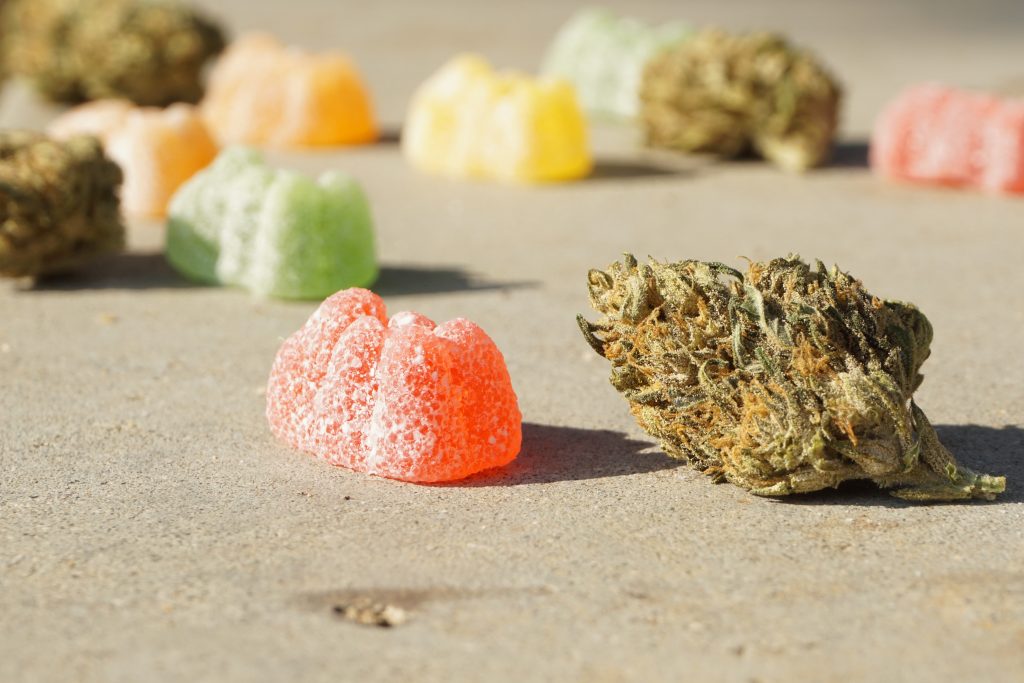
In a column last week at The New York Times, Christina Caron explained how children across America are accidentally eating food and candy laced with marijuana, writing,
Marijuana edibles often look just like regular foods. Some candies even mimic familiar brands like Skittles or Starburst.
And for a young child — or anyone, really — that’s incredibly tempting.
Foods and beverages laced with cannabis have exploded in popularity. To protect children from accidentally ingesting marijuana edibles, some states have passed laws governing how these foods can be packaged and presented. Colorado, for example, requires the cannabis edibles to be contained in child-resistant packaging and include the letters “THC” (the main mind-altering chemical in cannabis). In addition, the state has banned the sale of edibles that look like people, animals or fruit.
But despite these measures, unintentional marijuana exposures have continued to climb in Colorado and elsewhere, especially in states where recreational cannabis has been legalized.
Caron goes on to note that the number of children under age six accidentally exposed to marijuana nearly tripled in Washington State after retail marijuana stores opened there, and nationwide the American Association of Poison Control Centers has noted a sharp increase in the number of calls about children exposed to marijuana edibles.
In 2019 Arkansas passed legislation restricting marijuana edibles — food or drink laced with marijuana — under the state’s medical marijuana program.
However, different recreational marijuana measures are vying for the 2022 ballot in Arkansas. If Arkansas amends its constitution to permit recreational marijuana, marijuana edibles presumably would be permitted as well.
Researchers have found time and again that marijuana is dangerous for children and adults alike.
Last spring a study out of California found infants were 35% more likely to die within a year of birth if their mother used marijuana heavily; the study also found that infants were more likely to be born preterm, have a low birth weight, and be small for their gestational age.
Researchers have linked marijuana use with psychosis, schizophrenia, depression and suicide.
A study published in the Canadian Medical Association Journal last year found adults under age 45 who frequently used marijuana were roughly twice as likely to suffer heart attack as adults who did not use marijuana.
A report published in the Journal of the American Medical Association found that states that legalized commercial marijuana sales saw self-harm rates rise by 46% among men ages 21 to 39.
All of this underscores what we have said for years: Marijuana may be many things, but “harmless” simply is not one of them.




